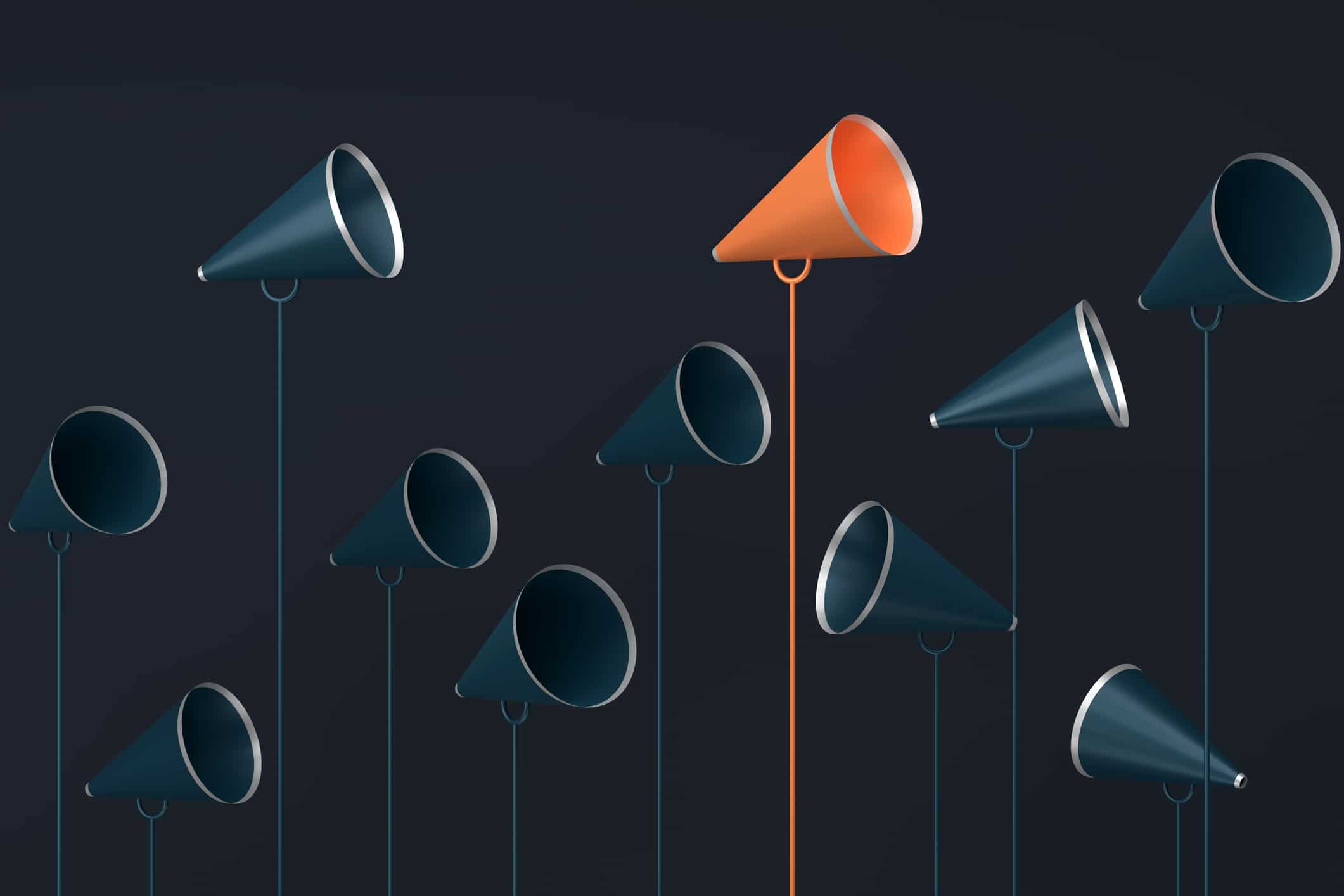
Opinion: The new channel split is buying vs shopping
Why has online retailing not grown more during the Covid crisis? And what does that tell us about its limitations?
This may seem like a strange question. Of course, online retailing surged while everyone was locked down at home, and it seems likely at least some of that forced behaviour will stick.
In the UK, online penetration of non-food retail rose from just over 20% to nearly 30% in April and May. But when most shops were shut this is hardly surprising. And in a market which had contracted by up to 40%, the absolute growth in the ecommerce channel has been quite modest. Even by June, online penetration had begun to shrink again.
In countries which exited lockdown earlier, online retail is slipping back towards January penetration. For example, South Korea had a six percentage-point uplift at peak, but has now stabilised at 1-2% up. Online in China is about half the way back to pre-Covid levels.
During a crisis, it is easy to overestimate the extent of permanent change. Online channels will have taken, perhaps, a two- or three-year step forward. That is significant, especially if, as expected, around 8% of stores will not reopen. But, nevertheless, physical stores remain the dominant channel. This is not, yet, the tipping point. And it is worth asking, why not?
For a long time, answers to this question usually started with “Ah, but my mother…” My mother doesn’t have a smartphone, wouldn’t use it, doesn’t trust it, and so on. But this is no longer true.
“The channel split is no longer between those who are online and those who are not. The difference is one of missions – it’s between buying and shopping”
Your mother (I confidently wager) has a smartphone. She already does many things online, including some shopping, and was obliged to do more of it during lockdown. Now she Zooms you. She’s into Netflix. But she still wants to go to the shops.
The channel split is no longer between those who are online and those who are not.
The difference is one of missions – it’s between buying and shopping. Buying (I know what I want, I want it now or at least tomorrow, and I just want it at a reasonable price) is ideally suited to online and rapidly going that way. Shopping (I’m not quite sure what I want or even if I want anything at all, I want you to advise, inspire, entertain and pamper me) takes place multichannel.
If it’s the first mission you’re on, you’re going to turn right for the internet. But if it’s the second mission, which comprises a large and profitable portion of retail, then physical retail still has an indispensable role to play.
Shops should not be attempting to compete for those buying missions that will be won by the internet. Responding to declining footfall by cutting staffing levels and training, underinvesting in the physical environment and smoothing out friction takes shops away from where their unique advantages lie: experience and discovery.
Stores will only have a role if they provide the inspiration of beautiful display and personal service, the serendipity of curation. That means far fewer stores, but much better invested. Sadly, for the moment, nervous shoppers, enforced social distancing and reduced dwell times severely hamper stores even if they are open.
“The best online experience is amazing at logistics, but terrible at discovery, inspiration or recommendation”
Last week, I began the search for an item online, but to complete it I drove up in front of the store at a retail park and popped the boot while a masked man placed the parcel inside. The opportunity for the store and its wonderful staff to offer service, inspiration and impulse all lost.
But equally online retail is not filling this gap. The best online experience is amazing at logistics, but terrible at discovery, inspiration or recommendation. Perhaps AI will solve that eventually, but as anyone who’s looked at their Amazon ‘Recommended for you’ will realise, the state of the art is some way off.
In the race for diminishing marginal returns of cheaper and faster, online retail has lost sight of the opportunity for more thrilling, more imaginative or more lovingly curated.
Demand creation, therefore, is the biggest gap in retail right now. Without it, our V-shaped recovery will take us only to 90% of pre-existing demand, and the last 10% will be missing.
Shops have to find ways to manage with the Covid restrictions, to create an environment which inspires. But equally the online channel has to see beyond its limited role as a search engine for product, and find ways to transport the customer to a world of discovery.
Key Contacts

Michael Jary
Senior Advisor



